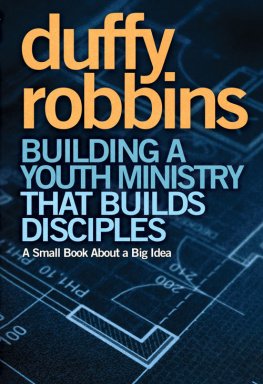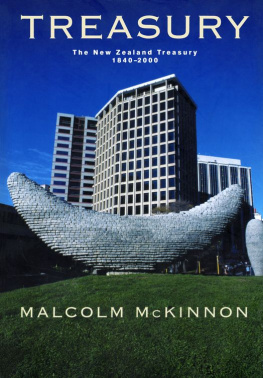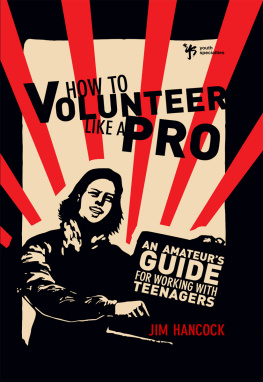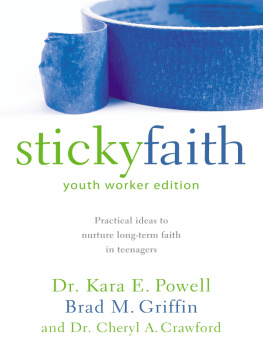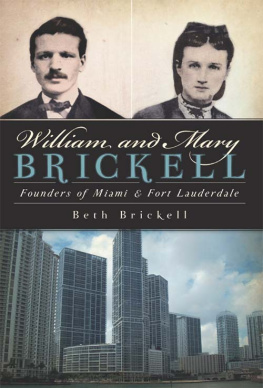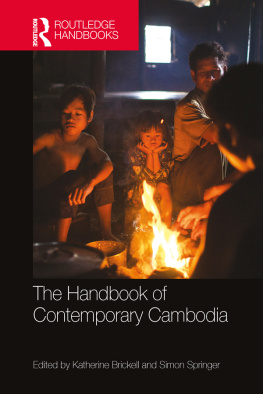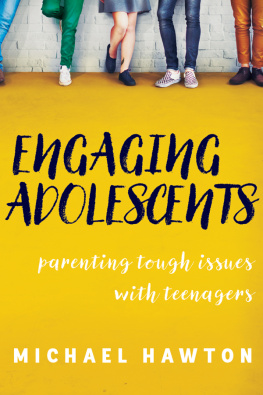Chris Brickell - Teenagers: The Rise of Youth Culture in New Zealand
Here you can read online Chris Brickell - Teenagers: The Rise of Youth Culture in New Zealand full text of the book (entire story) in english for free. Download pdf and epub, get meaning, cover and reviews about this ebook. year: 2017, publisher: Auckland University Press, genre: Home and family. Description of the work, (preface) as well as reviews are available. Best literature library LitArk.com created for fans of good reading and offers a wide selection of genres:
Romance novel
Science fiction
Adventure
Detective
Science
History
Home and family
Prose
Art
Politics
Computer
Non-fiction
Religion
Business
Children
Humor
Choose a favorite category and find really read worthwhile books. Enjoy immersion in the world of imagination, feel the emotions of the characters or learn something new for yourself, make an fascinating discovery.

- Book:Teenagers: The Rise of Youth Culture in New Zealand
- Author:
- Publisher:Auckland University Press
- Genre:
- Year:2017
- Rating:3 / 5
- Favourites:Add to favourites
- Your mark:
- 60
- 1
- 2
- 3
- 4
- 5
Teenagers: The Rise of Youth Culture in New Zealand: summary, description and annotation
We offer to read an annotation, description, summary or preface (depends on what the author of the book "Teenagers: The Rise of Youth Culture in New Zealand" wrote himself). If you haven't found the necessary information about the book — write in the comments, we will try to find it.
Teenagers: The Rise of Youth Culture in New Zealand — read online for free the complete book (whole text) full work
Below is the text of the book, divided by pages. System saving the place of the last page read, allows you to conveniently read the book "Teenagers: The Rise of Youth Culture in New Zealand" online for free, without having to search again every time where you left off. Put a bookmark, and you can go to the page where you finished reading at any time.
Font size:
Interval:
Bookmark:
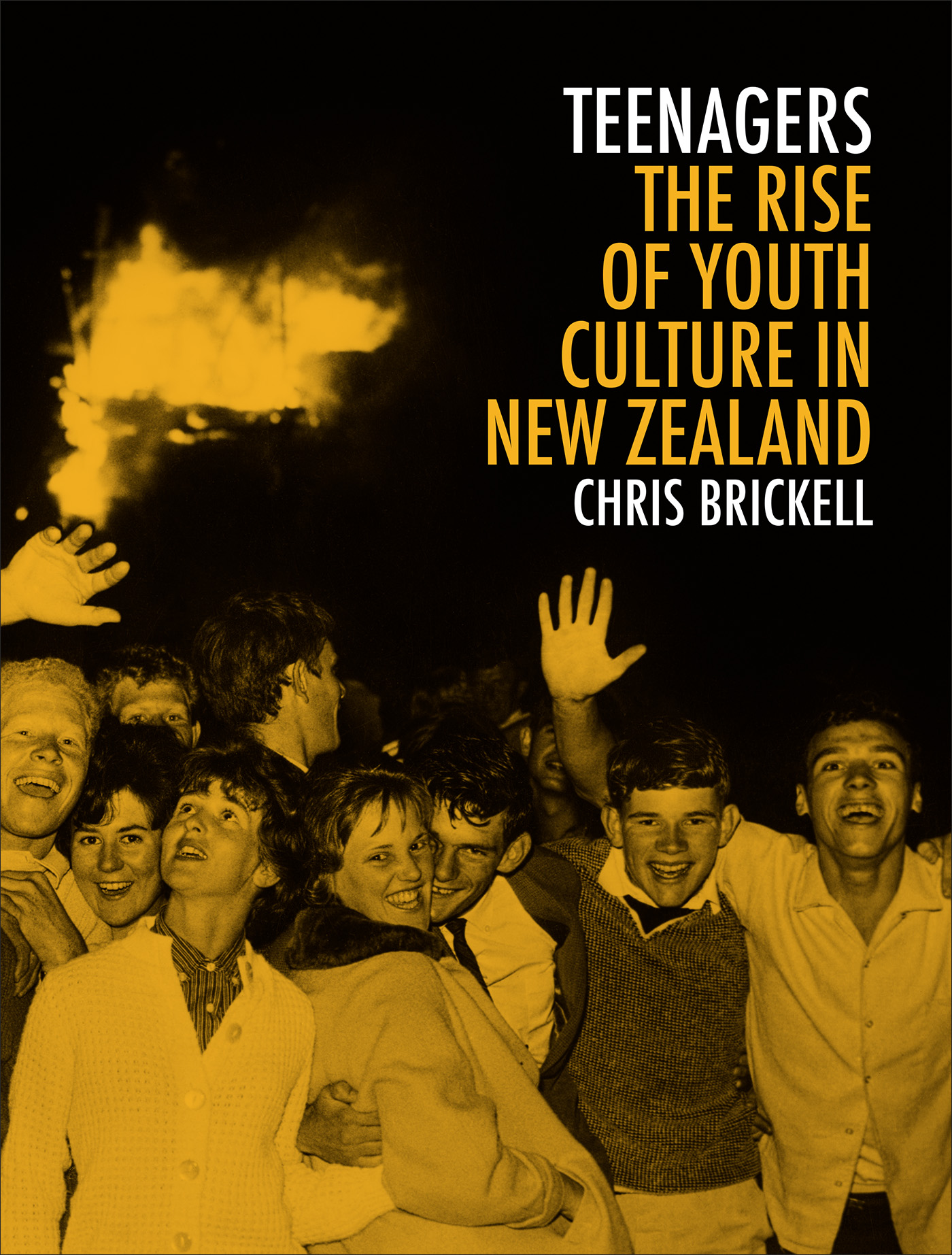
Chris Brickell has a PhD in Sociology from Victoria University of Wellington, and is Associate Professor in Gender Studies at the University of Otago. Described as a fascinating and pioneering exploration of a significant part of our social history, his first book, Mates & Lovers: A History of Gay New Zealand (2008) won the E.H. McCormick prize for best first non-fiction book in the Montana Book Awards, 2009. Several other books Manly Affections: The Photographs of Robert Gant, 1885-1915 (2012), Two-by-Two: Men in Pairs (2013), and Southern Men: Gay Lives in Pictures (2014) explore mens visual histories. Chris has also published on the history and sociology of sexuality, masculinity and adolescence in numerous international journals.

At the Hutt Valley Youth Club, 1958. Alexander Turnbull Library, EP/1958/1589-F.
THE RISE
OF YOUTH
CULTURE IN
NEW ZEALAND
CHRIS BRICKELL

Introduction
Finding the Teen Age
Chapter One
Setting the Scene
Chapter Two
Adolescent Stirrings
Chapter Three
Jazz Age Youth
Chapter Four
The Teenager is Here!
Chapter Five>
Milk-Bar Cowboys and Rock n Roll
Conclusion
Back to the Future

A book and a hammock on a sunny afternoon in Otago, c. 1918.
Gertie Brookes moved from the country district of Wharehine to Auckland, a bustling city of 35,000 people, in 1889. The sixteen-year-old found somewhere to live, took up a job as a domestic servant and told those back home about her new life. Gerties letters to her close friend Ella Marsh described her experiences. I like this place pretty much but there is too much work, she wrote. I know I wont be able to do it for very long. I keep the house scrubbed as white as it can be, of course I come in for all the heavy work. She inhabited the space between childhood and adulthood as her young body assumed grown-up burdens.
There was more to life than hard work, though: Gerties letters tell of social-ising with the young men of Auckland. If I go to Gma Lichfields there is a young man there 20-something he is, he is a lodger at Gmas, if I go to Aunty Lizzies, there is Stan & Percy if I go to Charlies place over at Avondale there is a young man lives with him. Gertie often found herself the centre of attention and she wondered how to cope: I shall have to ask your advice Dear Ella what must I do, shut my eyes & never speak to them, if so mind you tell me.

Gertie Brookes, c. 1891.
We are used to seeing the teenager as an invention of the 1950s, a time when rebellious young city-dwellers embraced the pleasures of an affluent post-war society: milkshakes, motorbikes, petting in the movie theatres and jiving to Elvis.
Gertie, her sister and their friends were not teenagers in the sense we now know them, members of a discrete age group with its own rituals, rights and demands, but their experiences set the scene for what was to come. While Gertie scrubbed floors and washed dishes for Aucklands well-to-do, some of her contemporaries sought employment in the big new factories. They forged an early kind of youth culture as they laboured at their machines and chatted in the lunch-rooms. School pupils also built age-specific worlds. The new secondary schools enrolled only a few young people at first Gertie was not amongst them but eventually they shaped the teenage experience of most New Zealanders.
The significance of the gap between childhood and adulthood has changed since the nineteenth century. The slow growth of a consumer culture, the emergence of new kinds of leisure, the advance of popular psychology and fresh rituals of romance, along with developments in work and schooling, cultivated fertile soil in which the concept of adolescence took root and grew through the early decades of the twentieth century.
Teenagers do not usually occupy the centre of historians attention. Most general histories of New Zealand focus on adults, and those in their teens appear as minor players. When historians do look at teenage lives, they usually scrutinise adults condemnation of juvenile delinquency, alcohol, sex and boisterousness in general. How did adolescents spend their leisure time? What did it feel like to be young? Teenagers tells of introspection, rabbit-hunting, racy French novels, hockey practice, home-made gym equipment, Bible Class camps, water pistols and idle gossip. Young peoples history is at once intimate and expansive, and intricate details illustrate wider social shifts.
So how do we trace the life stories of school pupils, farm workers, newspaper boys, office girls, leisure seekers and young lovers, the subjects of this book? Teenagers draws upon a range of material gathered in communities from Kaitaia in the north to Invercargill in the south. Newspapers and government reports devote most of their time to adults perspectives but sometimes reveal adolescents views and voices in passing. Memoirs and oral histories take us directly into the young lives of those on whom this book focuses. For example, Wellingtonian Sophie Tindall, a teenager during the 1950s, remembers riding on the back of a motorbike, we were doing 90 miles from the Basin Reserve right up Adelaide Road there and I was sitting on the back, no helmet on or anything saying go faster go faster. We were very independent. Interviewees like Sophie reveal events and episodes that stood out as profound or formative for them in some way.
Letters, like interviews, evoke the sensations, feelings and introspections of youth, but they also capture the immediacy of a moment. When boarding school pupils wrote home to their parents, for instance, they sought advice and relayed their hopes and fears. Bryan Helm boarded at Nelson College during the early 1940s and penned a letter to his father once a week. I will bear in mind what you said about conquering my feelings when in a lazy mood, he wrote earnestly, determined to better himself.
Diaries are also repositories for confessions and stories. We often assume these to be the preserve of girls and women rather than boys and men, but this is not the case in New Zealand. Having dispensed with the preliminaries, Elsie went on to amuse herself by recounting her daily experiences:
Enjoyed the dancing. [Afterwards] Lina, Ina and I shared one medium sized double bed we all got a fearful attack of giggles after wed gone to bed. Giggled for about an hour without stopping. We were a good deal squashed as were all more or less colossal. Lina and I a little over 10 stone?! and Ina 9 Phew! Twas warm.

Font size:
Interval:
Bookmark:
Similar books «Teenagers: The Rise of Youth Culture in New Zealand»
Look at similar books to Teenagers: The Rise of Youth Culture in New Zealand. We have selected literature similar in name and meaning in the hope of providing readers with more options to find new, interesting, not yet read works.
Discussion, reviews of the book Teenagers: The Rise of Youth Culture in New Zealand and just readers' own opinions. Leave your comments, write what you think about the work, its meaning or the main characters. Specify what exactly you liked and what you didn't like, and why you think so.



